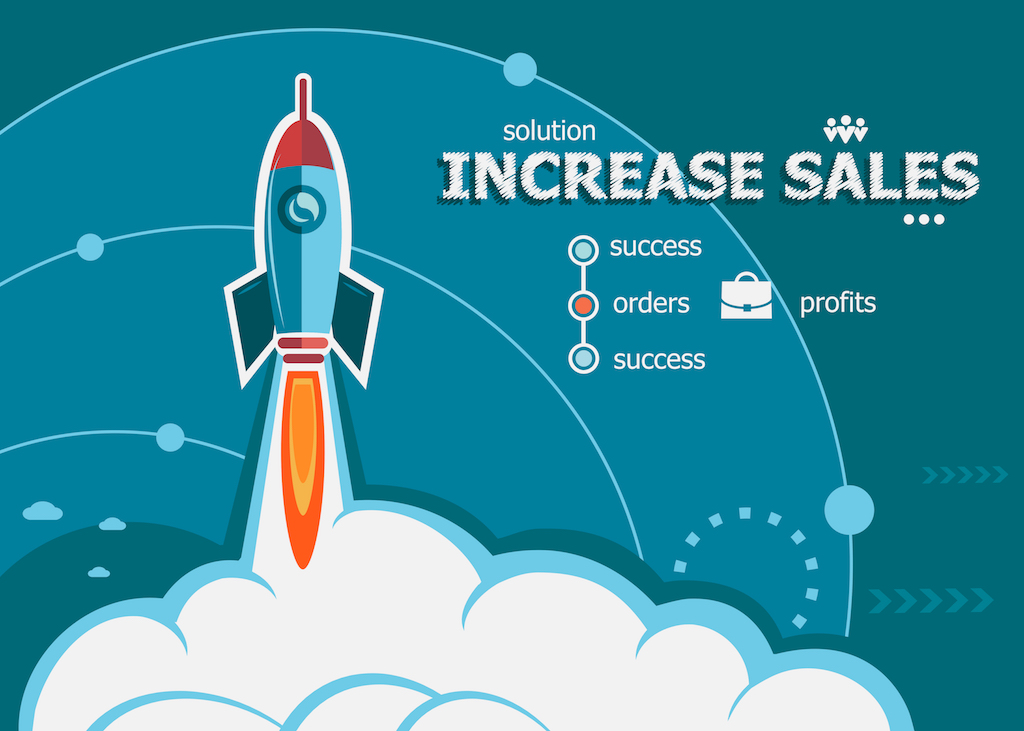A Digital Dun Laoghaire briefing on e-commerce hit on a burning issue: if your business is not online, why? And how do you fix this?
Is your business ‘online’ yet? If not, you’re missing out on a potentially huge segment of loyal customers.
In 2019, e-commerce in Ireland was predicted to reach €2.2bn by the end of the year. By 2024, sales could reach €3.8bn. Those figures are stunning considering that Ireland only recorded about €1.05bn as recently as 2010, but they don’t tell the whole story.
“Online needs to be at the heart of your business, not an add-on or something you do when you have time to do it”
Irish consumers are spending billions with international online stores — not local ones. Irish consumers constitute the largest international online shopping community in the world because 84pc buy overseas. Irish buyers aren’t necessarily choosing to forgo local business for the global giants. In 2018, only 12pc of Irish SMEs had web sales ability.
On 30 January three Irish e-commerce experts gathered for this Digital Dun Laoghaire Briefing in the Bank of Ireland branch in Dún Laoghaire to discuss why and how Irish businesses need to get online — right now.
Getting online: Why digital needs to be part of your business
The first speaker up was Oonagh McCutcheon of the IE Domain Registry. The registry produce the SME Digital Health Index for 2019, 87pc of Irish SMEs have at least one digital asset (i.e., a website, social media pages, Google Places account). While digital adoption has improved, only 32pc of Irish websites can process online transactions.
Our Corporate Communications Manager, @oonagh_mcc discussing the importance of e-commerce for SMEs at the @DigitalDLT 'How to increase your online sales' lunchtime briefing session today. https://t.co/KXVFzPwGEw
— .ie (@dot_ie) January 30, 2020
Small businesses tend to fall into the trap of thinking that getting their business online won’t make a difference in their sales. In reality, the data shows that 53pc of Irish consumers want to see their favourite local businesses offering a full digital service — whether it’s appointment setting, ecommerce, or something in between.
At the Digital Dún Laoghaire Lunchtime Meetup, panelist Oonagh McCutcheon (IE Domain Registry) provided a helpful push for businesses who remain unconvinced of the value of ecommerce for their niche. She challenged SMEs to look at their business from the perspective of the customer.
“By looking at your business from the outside in, it’s clear that there’s no business that doesn’t work online.”
Great panel lineup for our @DigitalDLT "How to get more business online" lunchtime briefing in @bankofireland #DunLaoghaireTown pic.twitter.com/XilSqsIsDl
— Eoin K. Costello (@EoinKCostello) January 30, 2020
She shared the example that high street shops can use features like click and collect to increase their retail sales without damaging footfall. Professional services can also get involved by providing more detailed information about the staff, sharing credentials, and using their site to build trust.
Ultimately, Oonagh noted that “online needs to be at the heart of your business, not an add-on or something you do when you have time to do it.”
Thankfully, building a website or e-commerce function is no longer taxing as it once was. You can go all in without neglecting your other core processes. She ended by sharing a BBC video with the audience which showed how important it is to put your self in the shoes of your customer.
Choosing an -commerce platform: Not as tricky as you think
The time, energy, and expense involved in getting online is a common sticking point for SMEs. But as the next speaker, Paul Montwill of abcommerce and Magico, pointed out it’s no longer a laborious task.
Montwill believes there are three stages of ‘going online’:
- Getting online
- Selling your first €250,000
- Reaching €1m in sales
Today, you can accomplish the first phase in as little as two to six weeks. You don’t need to ‘DIY’ it anymore: there are quality off-the-shelf platforms available for businesses of all sizes.
When hunting down the right platform, Montwill suggests only considering platforms that are fully responsive (i.e., they function fully on mobile and desktop). Data from PwC found that 30pc of consumers were buying online weekly (or more often ) in 2018, which is a jump from 24pc in 2017.
Common sticking points with Irish e-commerce sites
Once you commit to getting your e-commerce site up and running, you need to make sure it’s as easy as possible for customers to buy. All three briefing panelists provided some common examples of roadblocks that could prevent you from transitioning from launching your site to selling your first €250,000 online.
Oonagh McCutcheon noted that limited payment options and opaque shipping practices are still common on Irish sites, and they drive customers away. Customers don’t want to find out that shipping is €15 after they’ve spent time finding their products, entering their details, and hunting down their debit card.
Paul Montwill noted the importance of using quality images and helpful descriptions for every product as well as ensuring those features translate well to mobile.
@DigitalDLT …..Thanks for event management todays guys….some really good networking and mutual business experiences . Many Thanks from https://t.co/mqgyN5iQSG
— The Gas Company.ie (@TheGasCompany) January 30, 2020
The third speaker, Eric Greene of TheGasCompany.ie, said that one of the most common problems he sees is a missing call to action.
SMEs can build a brilliant website — they can even go custom — but if you don’t ask for a customer’s business, you won’t get it. Greene also mentioned the importance of price transparency: you shouldn’t be afraid to share your prices online.
Customers shouldn’t have to pick up the phone or make a commitment to find out how much you want to charge them
At the end of the day, getting online is easier than ever, and Irish customers expect their favourite SMEs to be there.
Main image at top: Oonagh McCutcheon from IEDR addressing the January lunchtime briefing.
Published: 3 February, 2020






